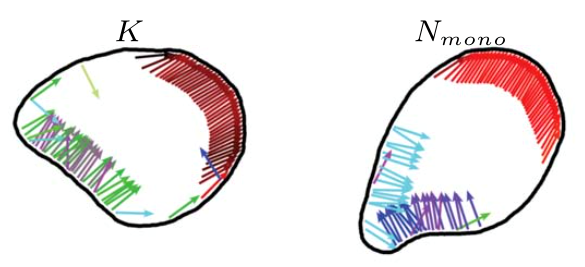The viscoelastic properties of high molecular weight polymer melts are controlled by entanglements: topological constraints imposed by mutually interpenetrating and uncrossable chains. In the tube model for entangled chains, these constraints are represented by a fictitious tube that restricts the lateral motion of a chain within its diameter leading to creep motion – reptation – along the tube. However, this model fails to explain the behaviour of polymeric materials with increased compositional complexity. In particular, an open question is how the topological constraints are released by mobile neighbouring chains or, in other words, how the constraining ‘tube’ is dilated.
The effective tube dilation of long chains in blends with shorter chains can be determined by measuring the terminal chain relaxation time with macroscopic techniques such as dielectric spectroscopy (DS) and rheology. However, these techniques cannot resolve the time evolution of the tube diameter. In a recent collaboration between the University of the Basque Country and Forschungszentrum Jülich, we exploit the spatial and time resolution of neutron spin echo (NSE) to directly probe the time-dependent tube dilation in blends of entangled polymers blended with small polymers of different topologies: linear and stars.
By combining NSE with rheology and DS, the characteristic time that governs tube dilation is identified as the terminal time of the short component. This finding will help elucidate the mechanism for constraint release and, thus, will facilitate the design of polymeric materials with optimal rheological properties.
Read more:
P. Malo de Molina et al.,
Phys. Rev. Lett. 123, 187802 (2019)
SoftComp partners:
University of the Basque Country and Forschungszentrum Jülich – Neutron Scattering and Biological Matter


